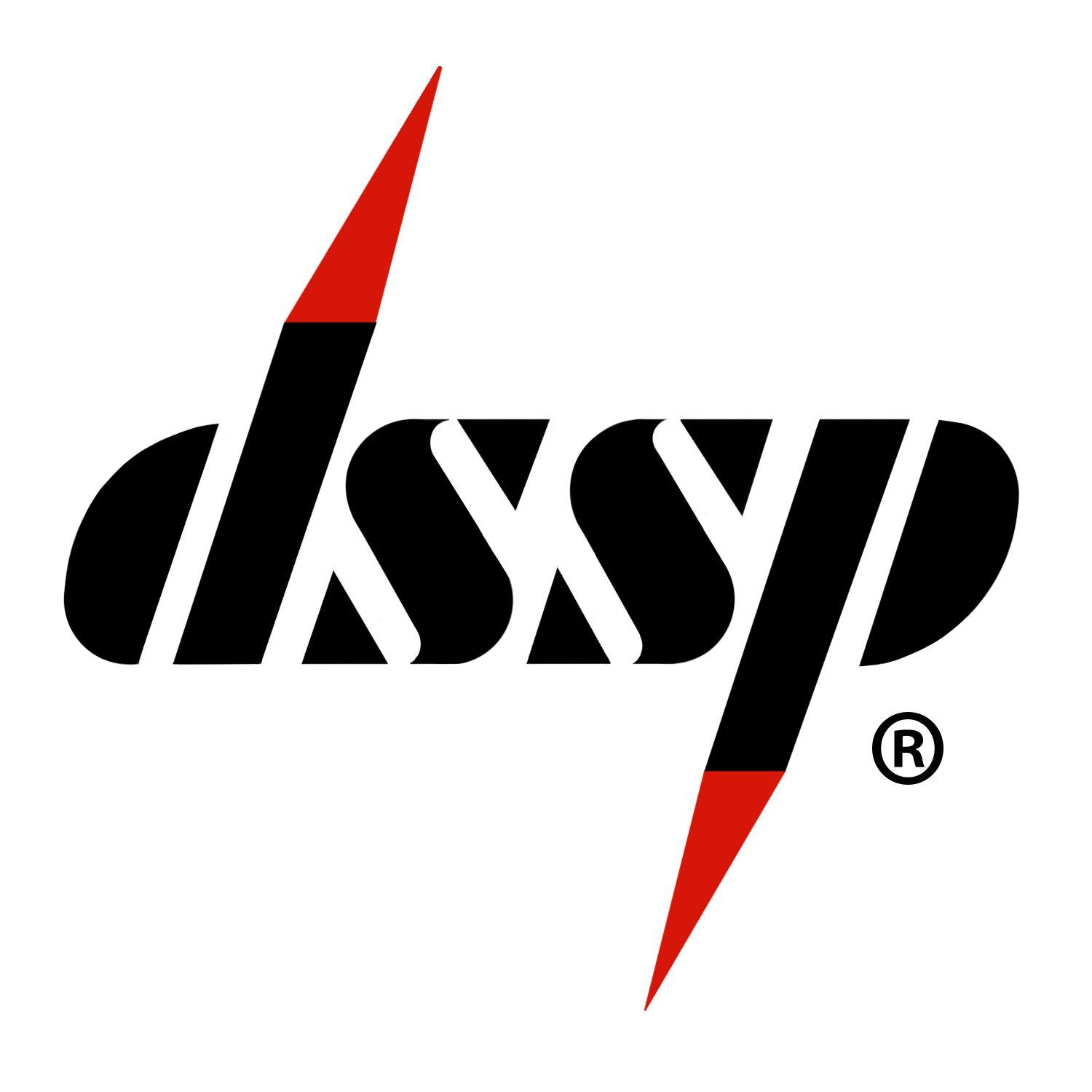An Brief Irreverent History of Oil Well Torpedoes and Evolution of the Hose Job (hydraulic fracking)
After the Civil War
It probably seemed pretty obvious to Col. A.L. Roberts, an artillery officer, how to stimulate an oil well: blow it up. The “Roberts Torpedo,” (1866, US Patent 59,936) method is to fill it up with nitroglycerine, lower the torpedo down the well, drop a steel rod down the well bore and run... Woohoo, big fire balls in the night sky! Since nitroglycerine had the bad reputation of going boom way too easily, well shooters were in short supply and paid quite nicely. So, after a day’s work, a good dinner, some drinks, maybe moonlighting wasn’t such a good idea. It was so fun and lucrative that the well shooters started the original expression: “moonlighting.”
Then hydraulic fracturing started to spoil that kind of fun, because it was sold as a little safer…
On March 17, 1949, a team of petroleum production experts performed the first commercial application of hydraulic fracturing near Duncan, Oklahoma. Later that same day, Halliburton and Stanolind company personnel successfully fractured another oil well near Holliday, Texas. There was so much money to be made selling, water, sand, surfactants, and even some snake-oil additives that could “improve” the fracking water. Nitroglycerine distribution became restricted with the last plant supplying the industry, exploding in 1990. An incestuous industry even then, big service companies largely control the oil stimulation business today. This stems from the large capital required for pumper trucks, sand, pipes and crews, eliminating the little guy well shooter.
Back to the Future
So time passes and finally, someone must have thought: “using all of these trucks and water hoses to break rock a mile underground seems kind of stupid.”
Then, at US Department of Energy’s Sandia National Laboratory, Richard A. Schmidt’s team proved that propellants were indeed better than high explosives for producing complex high surface fracture to stimulating oil wells. Surplus solid rocket motors were used for testing and developing the original rock physics models underground at the Nevada Test Site. Their breakthrough paper (SPE/DOE 8934) demonstrated that the burning rate mattered, and explosives burned too fast (supersonic) for effective fracturing.
This also led to the development of the StimGunTM and StimTubeTM by the legendary Haney Brothers: Bob and Joe. They developed the robust potassium perchlorate propellants still used in their guns today. Their approach was to degrade the performance of perchlorates by mixing them with excess epoxy binder for a tough, castable propellant that would only burn at high pressure downhole. Their early work with Hobart mixers and working out cure rates was something never expected from such a small company. Their successful StimGun Group has continued to manage and tightly control their gun and propellant technology, having conducting high quality stimulations on thousands of wells.
